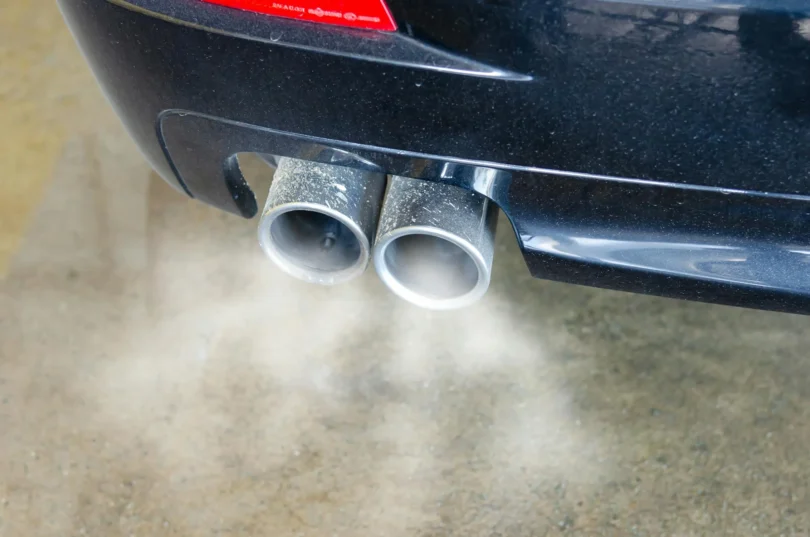Transportation is a critical component of modern life, facilitating trade, travel, and connectivity. However, the sector is one of the largest contributors to greenhouse gas emissions, accounting for approximately 14% of global emissions according to the Intergovernmental Panel on Climate Change (IPCC). As the world grapples with the impacts of climate change, rethinking our mobility systems has become essential for promoting sustainability and reducing emissions. This article explores the relationship between transportation and climate change, the challenges we face, and potential pathways toward sustainable mobility.
The Impact of Transportation on Climate Change
- Greenhouse Gas Emissions
The transportation sector primarily relies on fossil fuels, making it a significant source of carbon dioxide (CO2) emissions. Cars, trucks, ships, and airplanes all contribute to air pollution and climate change. The United States Environmental Protection Agency (EPA) reports that light-duty vehicles are responsible for about 58% of transportation-related emissions in the U.S., highlighting the need for cleaner alternatives. - Urbanization and Traffic Congestion
Rapid urbanization has led to increased demand for transportation, resulting in congested roadways and longer commute times. This congestion not only affects quality of life but also leads to higher emissions per vehicle due to idling and stop-and-go traffic conditions. According to the Texas A&M Transportation Institute, congestion costs the U.S. economy over $166 billion annually, emphasizing the need for more efficient urban transport systems. - Infrastructure and Land Use
Transportation infrastructure, such as highways and airports, often prioritizes vehicles over public transit, cycling, and walking. This car-centric development exacerbates sprawl and increases dependence on personal vehicles, further contributing to emissions. The World Resources Institute (WRI) suggests that integrated urban planning, which considers land use and transportation, can significantly reduce emissions.
Rethinking Mobility: Pathways to Sustainable Transportation
- Electrification of Transportation
Transitioning to electric vehicles (EVs) is a crucial step toward reducing transportation emissions. EVs produce no tailpipe emissions, and when charged using renewable energy sources, they can significantly lower overall greenhouse gas emissions. Governments worldwide are implementing policies to promote EV adoption, such as tax incentives, subsidies, and investment in charging infrastructure. According to BloombergNEF, the global electric vehicle market is projected to grow exponentially, further reducing emissions in the coming decades. - Public Transportation Enhancement
Expanding and improving public transportation options can significantly decrease reliance on personal vehicles. High-quality public transit systems reduce congestion, lower emissions, and provide equitable access to mobility. Investments in light rail, bus rapid transit, and integrated transit networks can offer efficient alternatives to car travel. The American Public Transportation Association (APTA) notes that public transit saves approximately 45 million metric tons of CO2 emissions annually in the U.S. - Promoting Active Transportation
Encouraging walking and cycling as viable modes of transportation can also help reduce emissions. Cities that invest in safe pedestrian paths and cycling infrastructure see increased use of these sustainable modes. Initiatives like bike-sharing programs and pedestrian-friendly urban designs promote healthier lifestyles and lower carbon footprints. - Shared Mobility Solutions
Car-sharing and ride-sharing services provide flexible transportation options that can decrease the number of vehicles on the road. These shared mobility solutions optimize vehicle use, reduce congestion, and lower emissions per passenger mile. A study by the Shared Use Mobility Center found that each shared car can replace up to 10 privately owned vehicles, leading to a significant reduction in overall emissions. - Policy and Behavioral Change
Effective policies are essential to driving the transition toward sustainable transportation. Governments can implement measures such as carbon pricing, fuel economy standards, and investment in sustainable infrastructure. Moreover, promoting behavioral change through education and awareness campaigns can encourage individuals to consider alternative transportation options.
Conclusion
The relationship between transportation and climate change is complex but critical to address. As global emissions continue to rise, rethinking our mobility systems is paramount for fostering sustainability. By embracing electrification, enhancing public transit, promoting active transportation, and adopting shared mobility solutions, we can significantly reduce transportation-related emissions and create a more sustainable future.








Leave a Comment